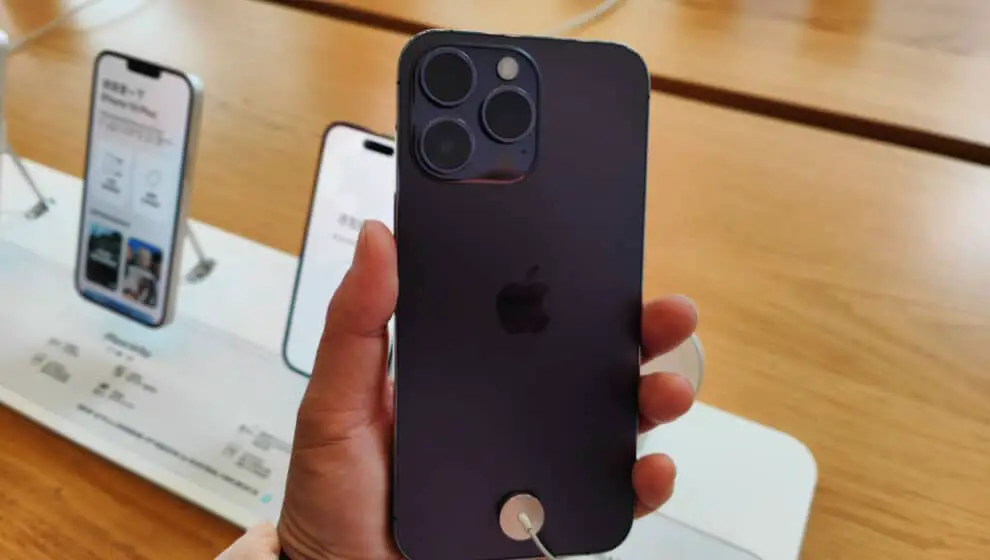Emergency satellite connectivity for the new iPhone models is now online.
Key Details
- Apple has officially begun rolling out its Emergency SOS feature for iPhone 14 models on Tuesday.
- The feature—allowing users to contact emergency services through a satellite connection outside of cell range—will automatically appear in all U.S. and Canadian iPhone 14 models that download iOS 16.1.
- The service will become available in several European countries in December.
- Older model iPhones will not be able to use the feature.
- Market analysts were predicting the reveal of the feature for months. Apple officially announced it at its annual iPhone reveal event on September 7.
Why it’s News
The launch of satellite connectivity marks a major innovation for Apple but also a major indicator of the direction of internet technologies in the immediate future.
Emergency SOS is one of several technologies being explored by tech companies that see space as the next frontier for the internet—including SpaceX and Blue Origin. Other startups and corporations are starting to see potential in satellite technology that can provide connectivity to phones and other devices.
Apple’s application of the technology is very limited at the moment, only focusing on emergency services. It is likely only the beginning of a global change in how tech companies innovate with internet services and find new ways to bring connections to remote areas of the world.
The company has committed for now to offer the SOS feature for free but will likely expand available services with a subscription model two years from now and offer more features like satellite messaging, according to The Wall Street Journal’s Joanna Stern.
Notable Quote
“Satellite communicators like the $400 Garmin inReach Mini 2 and the $250 Spot X give you more flexibility. While both have emergency SOS features, they also let you send messages to your contacts, get weather updates, and share your location … The Garmin and Spot X, however, require monthly subscriptions. Apple says its SOS feature is free for the first two years but didn’t say what it will charge after that,” says Stern.
